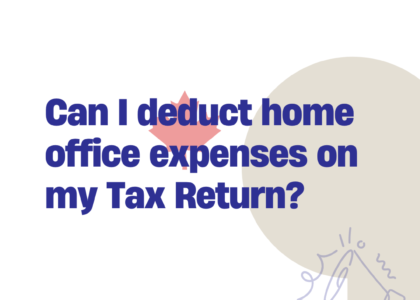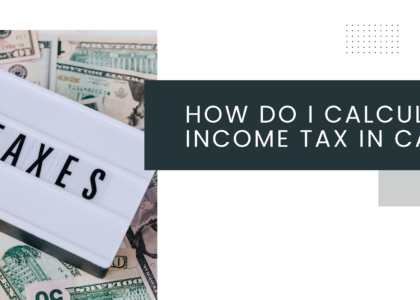RRSP (Registered Retirement Savings Plan)
A Registered Retirement Savings Plan (RRSP) is a powerful savings tool designed to help Canadians prepare for retirement. Established by the Canadian government, RRSPs offer a range of tax benefits that encourage long-term savings and investment. Whether you’re just starting to think about retirement or already planning for your future, an RRSP can be a key component of your financial strategy.
Key Features of an RRSP:
- Tax-Deductible Contributions: One of the primary advantages of an RRSP is that contributions are tax-deductible. This means that any money you contribute to your RRSP can be deducted from your taxable income, potentially lowering your tax bill for the year. For example, if you contribute $5,000 to your RRSP, your taxable income is reduced by that amount.
- Tax-Deferred Growth: Within an RRSP, your investments grow tax-deferred. This means that any income earned—whether it’s interest, dividends, or capital gains—is not taxed as long as the funds remain in the account. This allows your investments to compound and grow more efficiently over time.
- Taxable Withdrawals: While RRSP contributions and growth are tax-advantaged, withdrawals from your RRSP are taxed as income. When you withdraw funds, usually during retirement, the amount is added to your income for that year and taxed at your current rate. The idea is that you’ll likely be in a lower tax bracket during retirement, making withdrawals more tax-efficient.
- Contribution Limits: The government sets annual contribution limits for RRSPs, based on a percentage of your earned income (up to a maximum amount). If you don’t contribute the full amount in a given year, any unused contribution room can be carried forward, allowing you to catch up in future years.
- Eligibility: RRSPs are available to Canadian residents with earned income and a valid Social Insurance Number (SIN). There’s no age limit for opening an RRSP, but contributions must stop by the end of the year in which you turn 71, at which point the RRSP must be converted to a Registered Retirement Income Fund (RRIF) or annuity.
Why Should You Consider an RRSP?
RRSPs are specifically designed to help you save for retirement by offering significant tax benefits. The tax deductions and deferrals provided by an RRSP can make it easier to grow your retirement savings over time. Additionally, because withdrawals are taxed at your future income rate, an RRSP can be a tax-efficient way to fund your retirement years.
How to Maximize Your RRSP:
- Contribute Regularly: Making consistent contributions throughout the year can help you build your retirement savings steadily and take full advantage of tax deductions.
- Plan Your Withdrawals: Consider when and how you’ll withdraw from your RRSP to minimize tax implications during retirement. Strategic withdrawals can help you manage your taxable income effectively.
- Use RRSP Loans: Some financial institutions offer RRSP loans to help you maximize your contribution room. This can be a smart move if you have unused contribution space and expect to get a tax refund.
RRSP vs. TFSA: Which is Right for You?
While both RRSPs and TFSAs offer tax advantages, they serve different purposes. RRSPs are primarily geared toward long-term retirement savings with tax deductions upfront, while TFSAs provide flexibility with tax-free growth and withdrawals. Depending on your financial goals, you might choose to use one or both accounts to optimize your savings strategy.
Conclusion:
An RRSP is a vital tool for Canadians planning their retirement. By offering tax-deductible contributions and tax-deferred growth, RRSPs encourage disciplined saving and smart investment. Whether you’re just beginning to save or looking to maximize your retirement income, an RRSP can help you achieve your financial goals and ensure a comfortable future.






